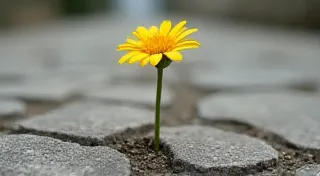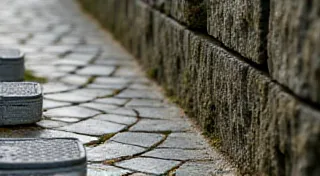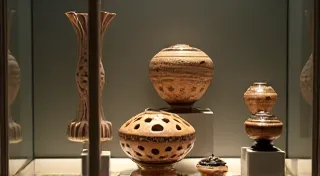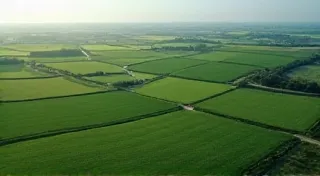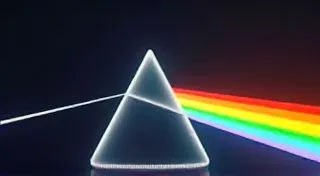The Cartography of Fading: Mapping Ink Bleed and Smudging Patterns
There’s a peculiar poetry to a faded typewriter ribbon. It's more than just a degradation of pigment; it’s a chronicle, a palimpsest of time and use etched onto the very paper it touched. We, as those who collect, repair, and restore antique typewriters and their associated ribbons, become, in a sense, cartographers of this fading, charting the subtle variations in bleed and smudge – interpreting the visual language of history.
My first typewriter, a Remington No. 7 from 1915, arrived in a sorry state. The ribbon, brittle and the color of weak tea, produced ghostly impressions. Initially, I was frustrated. The machine, a beautiful piece of brass and steel, seemed diminished by its faded voice. But as I began to carefully examine the ribbon's performance, tracing the uneven darkening across the page, a different perspective began to emerge. Each bleed, each smudge, wasn't a flaw, but a clue – a whispered detail about the ribbon's past. Was it used to draft urgent correspondence during wartime? Perhaps it documented a blossoming romance, or the meticulous creation of a poet’s first manuscript? The ribbon held stories, even if they remained largely unspoken.
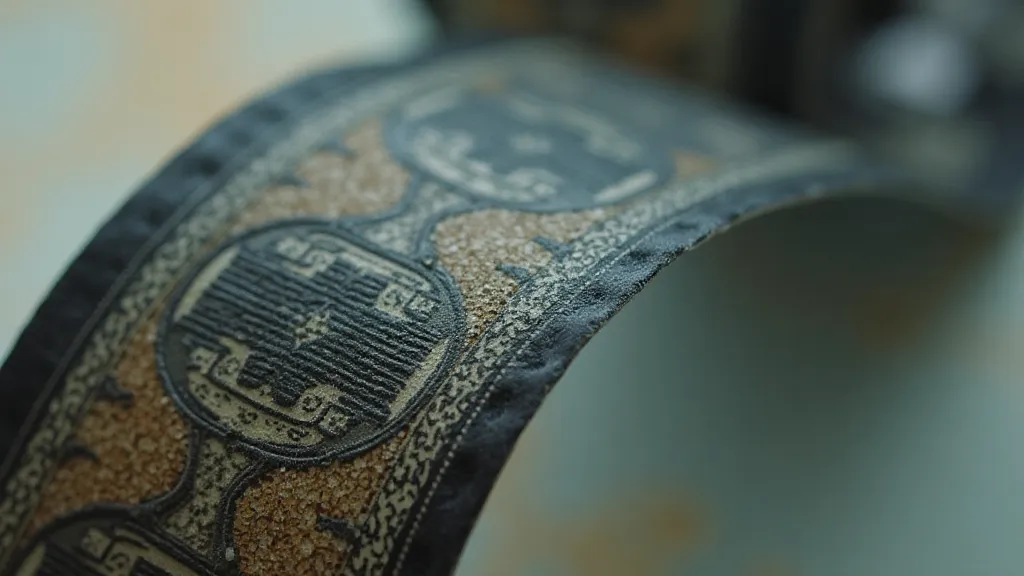
The Science of Degradation, the Art of Interpretation
Understanding the ‘cartography’ of a fading ribbon requires a rudimentary grasp of its composition. Early typewriter ribbons, especially those from the late 19th and early 20th centuries, were typically made of tightly woven silk or a silk-cotton blend, saturated with a complex mix of dyes and solvents. The dyes themselves were frequently organic – derived from plants or insects – making them inherently less stable than modern synthetic pigments. The solvents, necessary for delivering the ink to the page, would inevitably evaporate over time, leading to brittleness and alteration in the color profile. The type of ink formulation also played a crucial role. Certain inks were more prone to bleeding into the paper's fibers, particularly on softer, uncoated stock, while others tended to sit on the surface, producing a sharper, but perhaps more delicate, image.
This isn't just a scientific observation; it's an artistic one. The bleed isn't random. It reveals the pressure applied to the platen, the speed of the typing, and even the subtle changes in humidity and temperature the ribbon endured. A ribbon used for rapid, informal typing will often exhibit a ‘feathering’ effect – a blurred edge to the characters – due to the ink spreading beyond the precise point of contact. Conversely, a ribbon used for careful, deliberate typing will generally produce cleaner, crisper impressions. The beauty isn’t just in the clarity, however; the imperfections tell a story. Attempting a full restoration is often undesirable, preferring to celebrate the ribbon's unique history - a concept beautifully explored in Echoes in Ink: Resurrecting Lost Voices Through Ribbon Restoration. The process of reviving these remnants isn’t simply about fixing them; it's about understanding the nuances of their decay and preserving the echoes of the past they contain.
Categorizing the Bleed: A Taxonomy of Fading
To properly chart the fading, we can develop a loose taxonomy of bleed and smudge patterns. Let’s consider a few common categories:
- The ‘Ghost’ Bleed: This pattern is characterized by a faint, diffused halo around the characters. It often indicates a ribbon used on absorbent paper and a relatively wet ink formulation. The ghost bleed creates an ethereal, almost dreamlike quality to the text.
- The ‘Feathered Edge:’ This pattern is marked by a distinct blurring of the character outlines. As mentioned earlier, it often signals rapid typing or a less-than-perfect platen condition.
- The ‘Patchy Fading:’ This is perhaps the most visually striking pattern, with noticeable variations in ink density across the ribbon’s length. This could be due to uneven saturation during manufacturing, exposure to sunlight or heat, or even accidental spills.
- The ‘Spiderweb’ Effect: This pattern manifests as a network of fine cracks or lines across the ribbon’s surface. It's a clear sign of extreme age and brittleness, and often indicates the ribbon is nearing the end of its lifespan.
It's important to remember that these categories aren't mutually exclusive. A single ribbon can exhibit a combination of patterns, creating a truly unique visual signature. For example, a ribbon might display both ‘ghost bleed’ and ‘patchy fading,’ suggesting it was used on absorbent paper under varying environmental conditions. The specific patterns reveal a timeline, a narrative of the ribbon’s journey. Dating these ribbons, through a careful examination of their degradation patterns, is a fascinating science explored in more detail in A Chronometer of Ink: Dating Typewriter Ribbons Through Degradation Patterns.
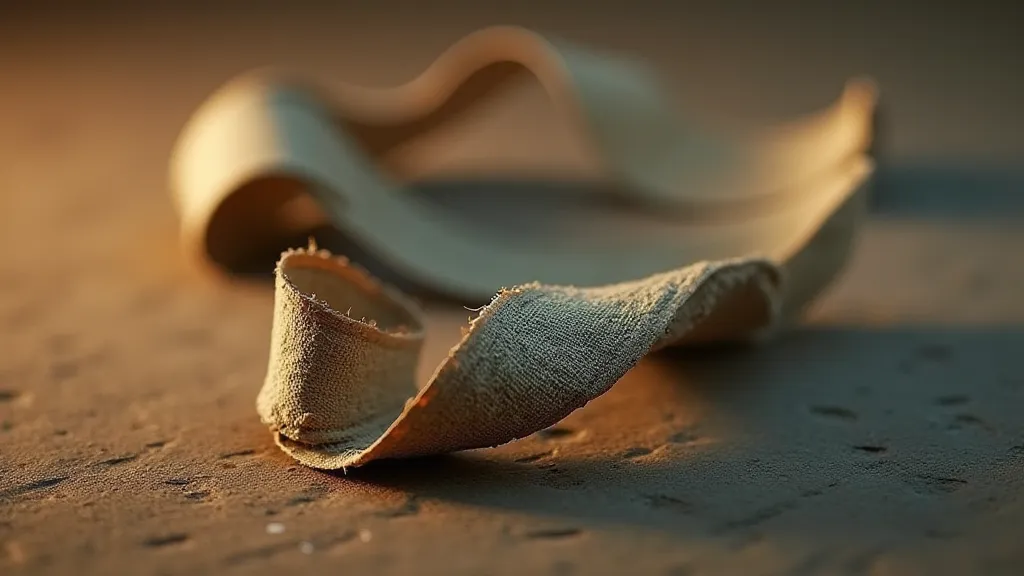
Craftsmanship and the Human Touch
Examining these fading patterns isn’t just about understanding the science of ink and paper; it's also about appreciating the craftsmanship that went into the ribbons themselves. Early ribbon manufacturers were masters of their trade, carefully selecting materials and developing complex formulas to achieve specific color and performance characteristics. The imperfections we see in these antique ribbons – the uneven saturation, the occasional speck of dust – are not flaws, but testaments to the human element in their creation. They remind us that these were not mass-produced commodities, but bespoke items crafted with care and attention to detail. The subtle marks tell a story of human creation, a concept resonating with the evocative descriptions found in Shadows of the Keys: Interpreting the Marks of Ribbon Decay, which beautifully illustrates the narratives held within these aging remnants.
My grandfather, a meticulous accountant, used a Royal Quiet De Luxe typewriter for decades. His ribbons, carefully preserved in boxes, each displayed a subtly different character. Some were darker, producing bold, impactful impressions. Others were lighter, ideal for delicate correspondence. Examining them, I felt a profound connection to his past, a tangible link to his work ethic and his personal history. It’s a sentiment shared by many who collect and restore antique typewriters - we are not merely preserving machines, but safeguarding memories and preserving legacies. These fading ribbons often held stories of significant events, of creative endeavors, and of personal connections – voices captured in ink, waiting to be rediscovered.
The Collector's Eye and the Restorer's Hand
For the collector, understanding the cartography of a fading ribbon adds another layer of appreciation. A ribbon exhibiting a particularly unique or intriguing pattern can be a valuable piece of ephemera, offering a tangible link to a specific time and place. For the restorer, this knowledge informs the repair process. While a complete restoration to original condition is often impossible – and, arguably, undesirable – understanding the ribbon’s history can guide the selection of replacement ribbons that best complement the machine’s character. The delicate nature of this preservation process demands respect for the ribbon’s history, a deep understanding of the narratives it holds, ensuring these voices aren’t silenced. The challenge lies not just in reviving the image, but in honoring the legacy, echoing the sentiments found in The Scriptorium's Lament: Preserving the Voices of Forgotten Authors, an excellent resource exploring this sensitive approach to preservation.
The study of antique typewriter ribbons is, at its core, about recovering lost narratives and celebrating the ingenuity of past generations. Each faded ribbon is a window into another era, a silent witness to events long past. It’s a pursuit that requires not just technical skill, but also a deep appreciation for the human story, echoing the profound connection explored within those articles. The journey from brittle, faded ribbon to legible testament is a testament to both the passage of time and the enduring power of human expression.
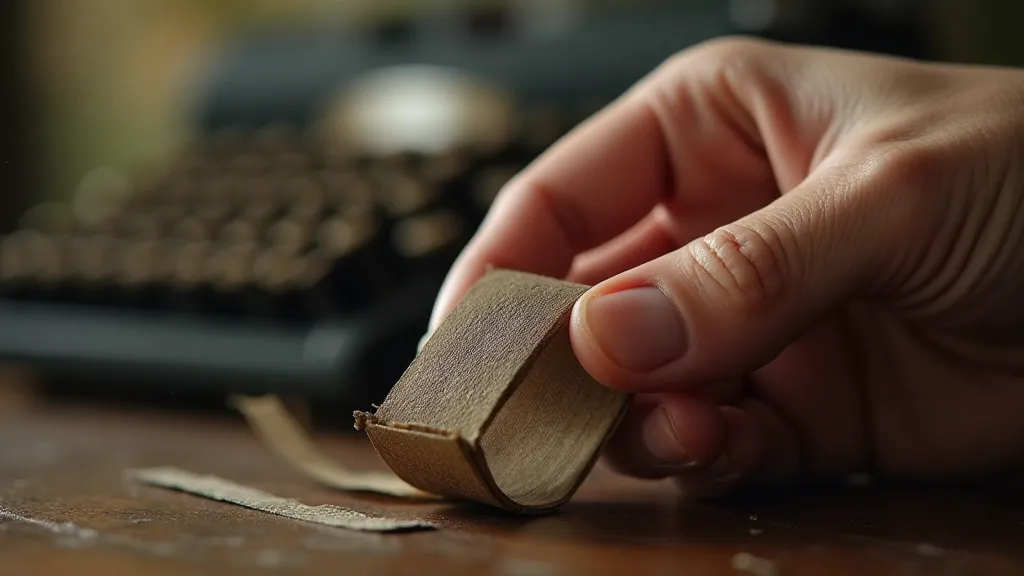
The challenges of understanding and preserving these aging artifacts are often significant, and further resources can often prove vital.
